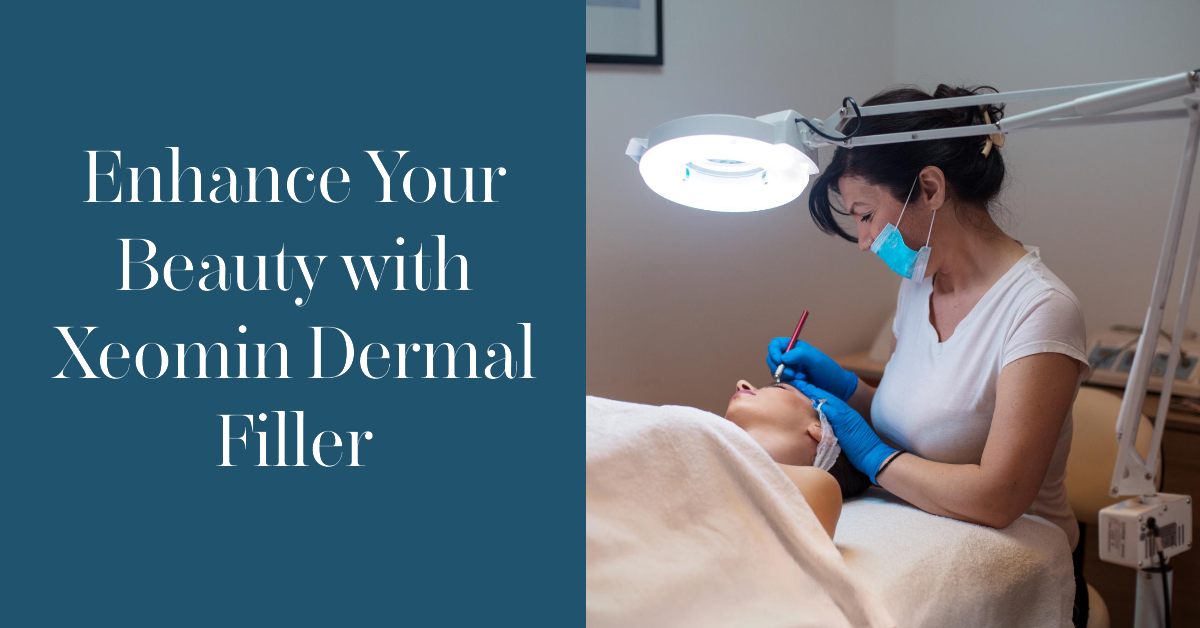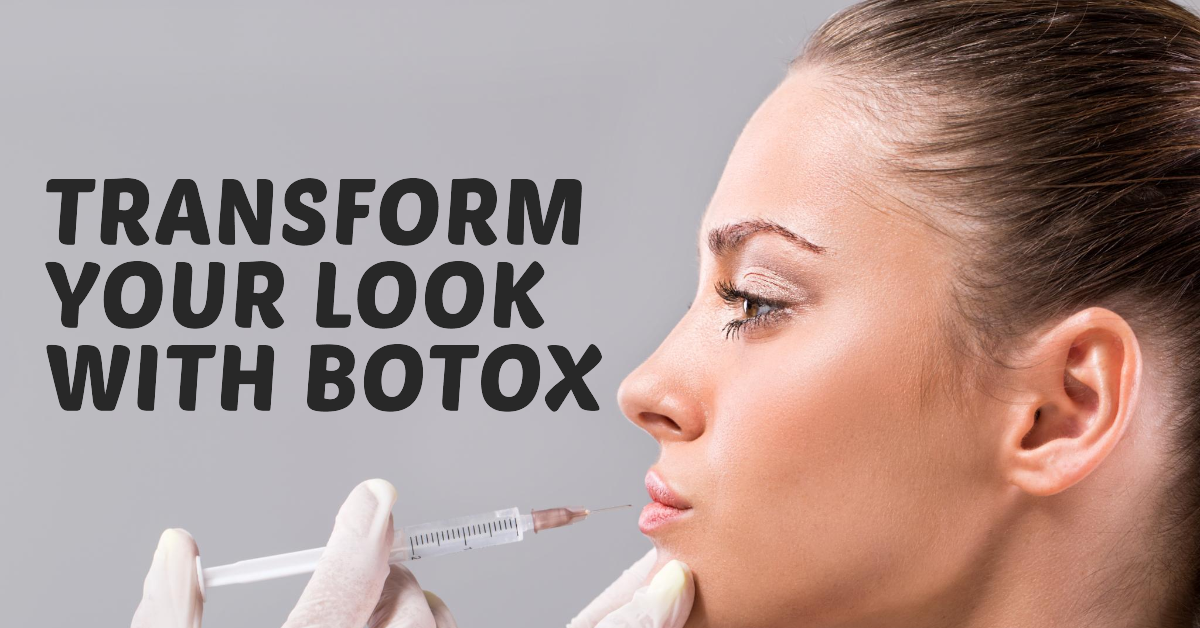
Facial Fillers
A Safe and Effective Way to Restore Youthful Appearance Facial fillers, also known as dermal fillers, are a non-surgical cosmetic treatment used to restore volume and reduce the appearance of fine lines and wrinkles in the face. The treatment involves injecting a gel-like substance into the skin, which can help smooth out lines and wrinkles, plump up thin lips, and enhance facial contours. Facial fillers offer several benefits compared to other cosmetic...
Laser Hair Removal
Shaving with razors is a popular method of removing unwanted hair from the body, but it can be time-consuming, painful, and can cause skin irritation. Fortunately, there is an alternative method for hair removal that is both safe and effective: laser hair removal. Laser hair removal is a cosmetic procedure that involves using a concentrated beam of light to target hair follicles, destroying them and preventing hair regrowth. The procedure is non-invasive, m...

Aging and Hormonal Changes
Both men and women experience fluctuating hormone levels as a normal component of the aging process. These fluctuations can have a variety of effects. Our hormone levels start to decrease as we get older, which can put us at risk for a wide variety of health problems. Understanding these hormonal changes and how they affect the body is absolutely necessary in order to promote healthy aging according to the principles of functional medicine. The decrease in e...

Tattoo Removal
Tattoos have been a popular form of self-expression for centuries, but not all tattoos are forever. For many people, there may come a time when they want to remove a tattoo, whether it’s because it no longer represents who they are, or it is causing professional or personal difficulties. Fortunately, advances in laser technology have made tattoo removal safer and more effective than ever before. In this blog, we will explore the process of tattoo removal with...

Skin Melasma
Skin melasma is a common condition that affects many people, especially women. It is characterized by brown or gray patches that appear on the face, usually on the cheeks, forehead, nose, and upper lip. Although the exact cause of melasma is not known, it is thought to be related to hormonal changes, sun exposure, and genetics. Causes of Melasma: Melasma is believed to be caused by a combination of genetic and environmental factors. Hormonal changes, su...





